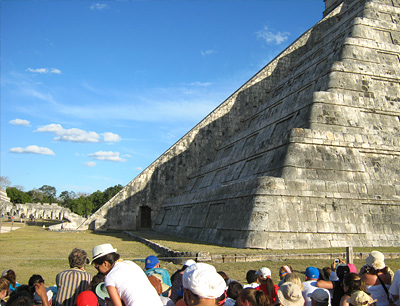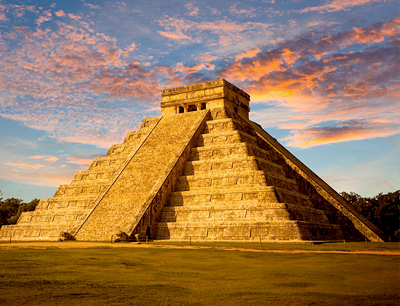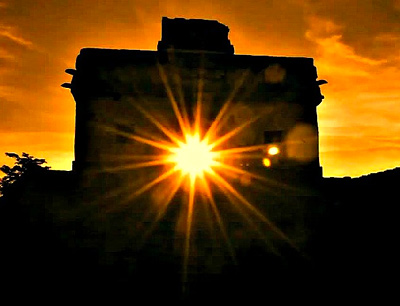Equinox at Chichen Itza
The name equinox means "equal night" in Latin but what really an equinox is?
Northern Hemisphere moving into autumn and the South emerging from winter into spring. The celestial event that marks this transition is called an "equinox," and it happens twice every year around March 21 and Sept. 21
You can attend this extraordinary phenomenon in one of the most famous Mayan Ruins named by UNESCO a World Heritage Site and a Wonder of the World, “Chichen Itza”.
At Chichen Itza, during the spring and fall equinoxes — this pyramid dedicated to Kukulcán (or Quetzalcoatl) serves as a visual symbol of the day and night. On every equinox, the sun of the late afternoon creates the illusion of a snake creeping slowly down the northern staircase. Symbolically, the feathered serpent joins the heavens, earth and the underworld, day and night.
Thousands of people travel from around the world and gather to Chichen Itza each year, to admire this astronomical spectacle. The whole day has a carnival type atmosphere, rock bands competing with traditional music and folk dance troupes, and groups of New Agers in robes come to see the equinox. Visitors usually wear white clothes in order to get rid of “bad vibes” and attract positive energy from the new sun.
5 Things you didn't know about the phenomenon Chichen Itza equinox
1. People tend to believe when Kukulcan returns to Earth, it is to provide blessing for a full harvest and good health to his worshipers.
2. An illusion of light and shadow creates seven triangles on the side of the staircase, than it connects the top platform with the giant stone head of the feathered serpent at the bottom.
3. This phenomenon stayed entirely around forty-five minutes before slowing descending the pyramid and disappearing along with the crowd that gathered to see it.
4. The pyramid was built as a representation of the Mayan Calendar
5. You can visit Chichen Itzá to admire the recreated phenomenon nightly (artificially) during the Chichen Itzá Light and Sounds Show all year.
Sources:
https://www.exploratorium.edu/ancientobs/chichen/HTML/castillo.html
https://www.space.com/22852-fall-equinox-earth-seasons-explained.html
We invite you to visit our Chichen Itza Tours Comparison Chart to help you to decide the best option for your visit



